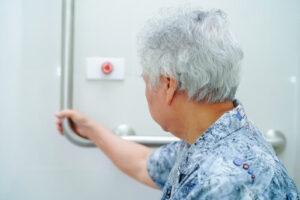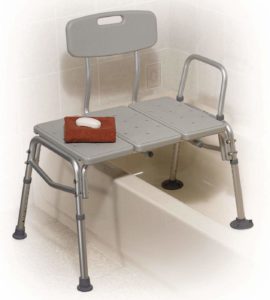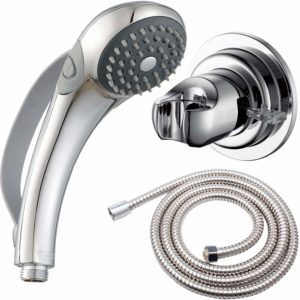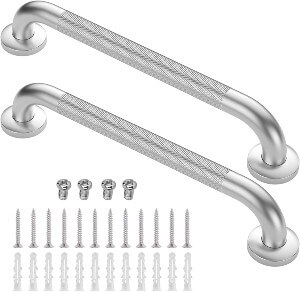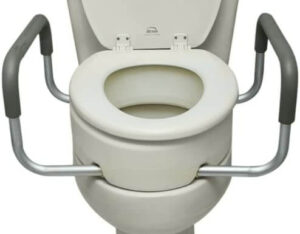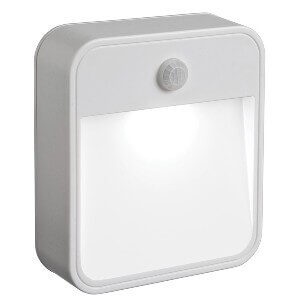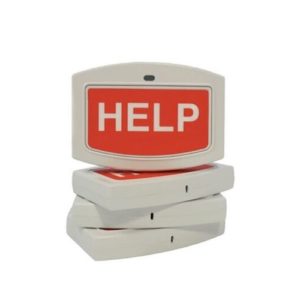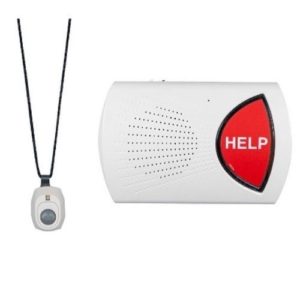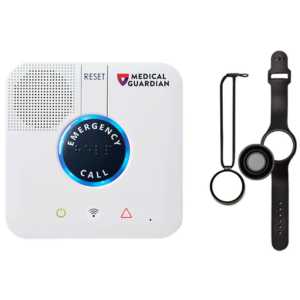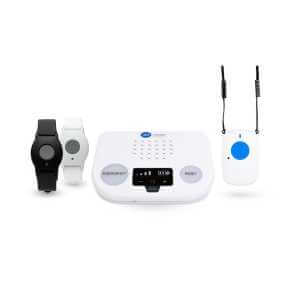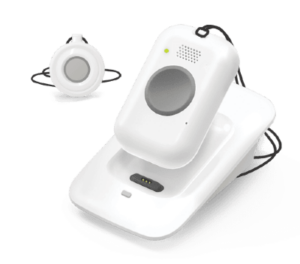As we age and mobility declines, falling becomes one of the primary causes of serious injury. The CDC says the bathroom is the most dangerous place in the home, especially for adults aged 65 or older.1,2
One of the most important things caregivers can do to help aging adults maintain independence is to improve bathroom safety. The good news is that transforming the slippery surfaces and hard edges of this frequently visited room is relatively inexpensive. A few simple changes and bathroom safety products can minimize the risk of falls and let aging adults keep their privacy and independence.
